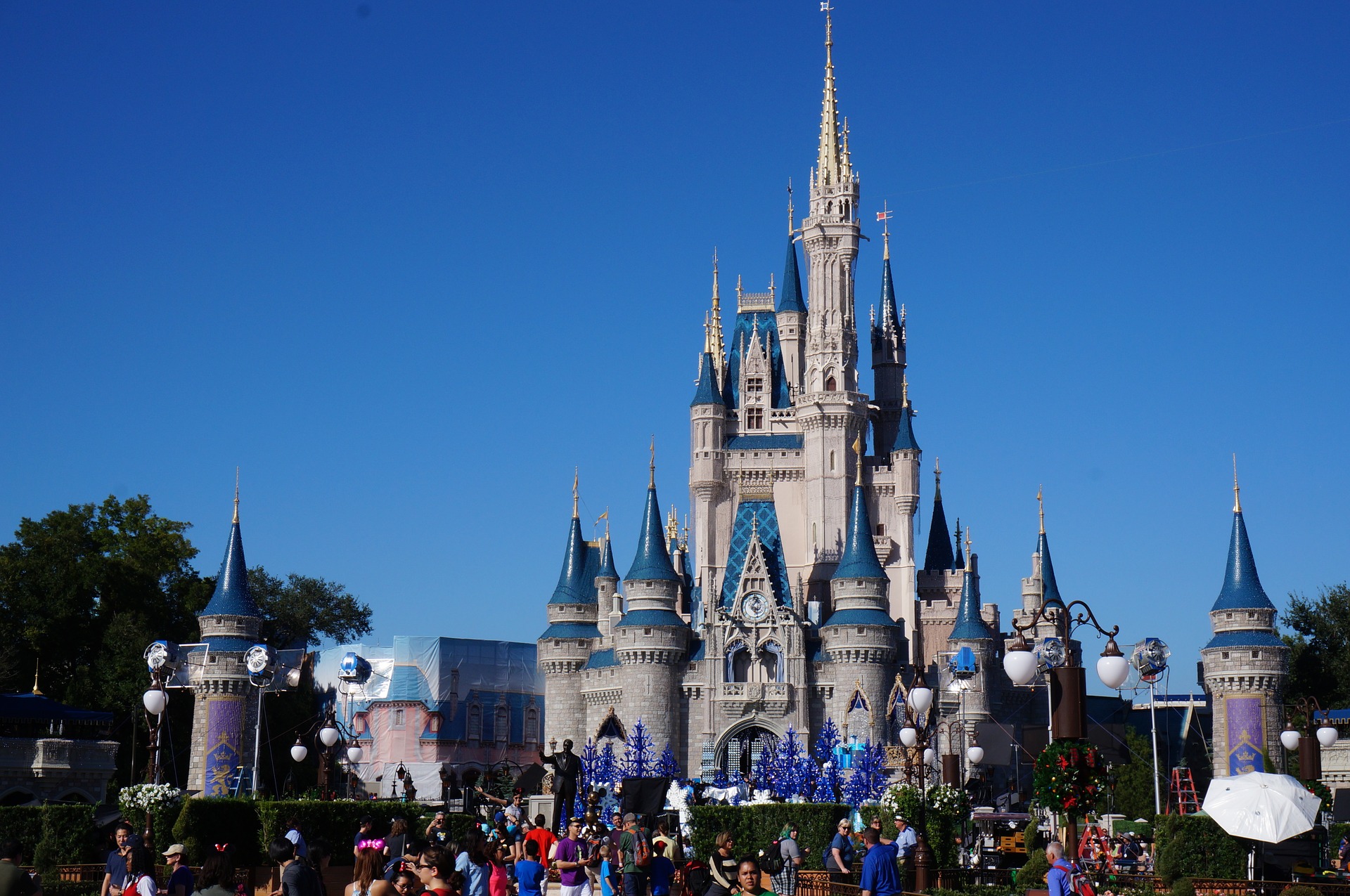
Disney unveiled its new streaming service, Disney Plus, Nov. 12. Disney plans on competing with streaming giants like Netflix and Hulu by offering their viewers a large expanse of Disney television shows and movies, which had either faded into obscurity or been pulled from competing streaming services, all for $6.99 a month.
The new streaming service was met with much excitement from die-hard Disney fans and casual viewers alike, all of whom were overjoyed to find long-forgotten Disney shows and movies available online. In fact, such beloved shows, like “Lizzie McGuire,” were trending on Twitter for the better part of the day. That is, until Disney Plus crashed, and various other technological issues were experienced.
Users then took to Twitter to complain about the crash. Skeptics argued that Disney Plus crashing on its launch day was an ominous forewarning of the platform’s possible demise. More optimistic individuals argued that the crash showed just how popular the platform will be if such a large number of people tuned in and caused the crash on the very first day.
The streaming service’s performance was not the only thing on people’s minds. In the lead up to the launch, many had wondered how Disney would address the controversial scenes littered throughout their older films. Would Disney leave in the scenes that have now been acknowledged as offensively racist, or would they simply cut those scenes out? Given Disney’s penchant for censorship and attempts at not rocking the boat when it comes to controversy, the general consensus was that they would cut out the scenes. After all, conflict could definitely pop up from viewership of their outdated films, and it would make sense for Disney to try to avoid the issue completely. But that was not the case.
Disney Plus’s launch revealed that Disney would not be cutting out controversial scenes. Instead, they would be issuing a disclaimer written in each film’s description. An obvious reason for this decision is that Disney simply can’t cut the scenes out because they occur at points crucial to the plot.
For example, the Native American characters in Disney’s “Peter Pan” are blatantly racist caricatures, but cutting them out would be a lose-lose situation for Disney. On one hand, they would be cutting out moments crucial to the story, while also not addressing the racist depiction of Native Americans in the movie.
Disney’s effort may not have been enough. Many critics have pointed out that Disney’s disclaimer was not necessarily as well done as it could have been. Instead, critics have pointed to disclaimers issued by other production companies that come up in older films and show.
In this case, many have pointed to the Warner Brothers’ handling of a similar situation. Like Disney, Warner Bros. has produced content in the past that was racist, prejudiced and problematic. And like Disney, they have also issued their own disclaimer. But Disney’s disclaimer is roughly two sentences long and dismisses the issue as an “outdated cultural depiction.”
Warner Bros. has instead issued a longer, well thought-out disclaimer, that calls out their racist content for what it is and firmly states that these depictions are wrong and also notes that censoring such scenes would be the same as claiming that the prejudices never existed. In comparison, Disney’s disclaimer falls short in doing its job, which is especially disappointing when you consider the fact that Disney’s disclaimer was made in 2019, while the Warner Brothers’ disclaimer was created in 2014.

